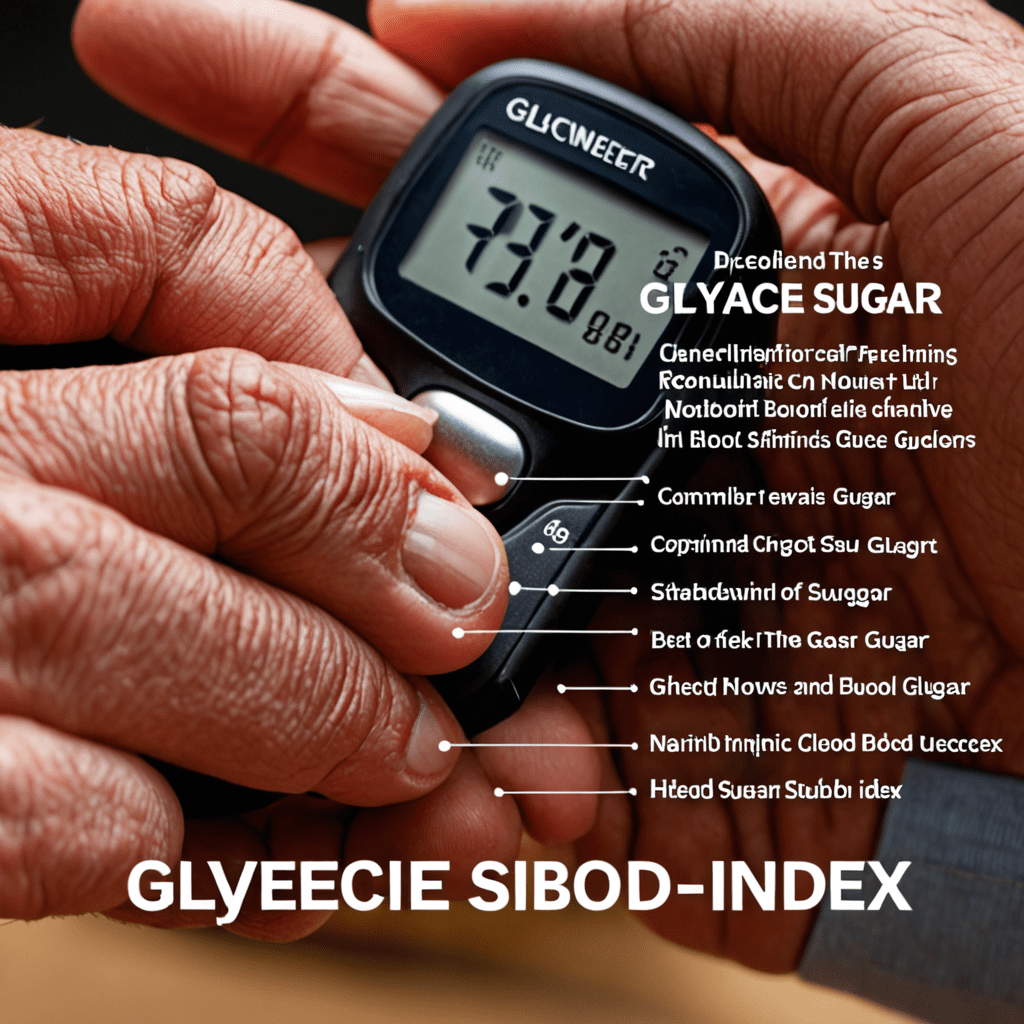
Understanding the Glycemic Index and Its Impact on Blood Sugar
The glycemic index (GI) is a measure of how quickly a food raises blood sugar levels after consumption. Understanding GI is crucial for managing blood sugar levels, especially for individuals with diabetes. Let’s delve into the details of the glycemic index and its impact on blood sugar.
What is the Glycemic Index (GI)?
The glycemic index ranks carbohydrates on a scale from 0 to 100 based on how they affect blood glucose levels after consumption. Foods with a high GI (70 or above) are rapidly digested and cause a sharp increase in blood sugar levels. In contrast, low-GI foods (55 or below) are digested more slowly, leading to a gradual rise in blood sugar levels.
Impact on Blood Sugar Levels
Consuming high-GI foods can lead to a rapid spike in blood sugar levels, followed by a subsequent crash, leaving individuals feeling fatigued and hungry. On the other hand, low-GI foods provide sustained energy levels and help in better blood sugar management, reducing the risk of diabetes-related complications.
Choosing Low-GI Foods
Opting for low-GI foods such as whole grains, legumes, non-starchy vegetables, and fruits can contribute to better blood sugar control. These foods are also rich in fiber, vitamins, and minerals, making them a healthier choice for overall well-being.
Managing Diabetes with GI
Understanding the glycemic index can be beneficial for individuals with diabetes. By incorporating more low-GI foods into their diet, they can better manage their blood sugar levels and reduce the need for rapid-acting insulin or other medications.
Practical Application of GI in Meal Planning
When planning meals, one can use the GI to balance high-GI foods with low-GI options. Combining high-GI foods with proteins and healthy fats can help mitigate their impact on blood sugar levels.
Conclusion
The glycemic index is a valuable tool for understanding how different foods affect blood sugar levels. By choosing low-GI foods and incorporating them sensibly into meal planning, individuals can make positive changes to their diet that support better blood sugar control and overall health.
Understanding the Glycemic Index and Its Impact on Blood Sugar
What is the Glycemic Index (GI)?
The Glycemic Index (GI) is a scale that ranks carbohydrate-containing foods based on their effect on blood sugar levels compared to pure glucose, which has a GI of 100. Foods with a high GI are quickly digested and absorbed, causing a rapid spike in blood sugar, while low-GI foods are digested and absorbed more slowly, leading to a gradual increase in blood sugar levels.
How does the Glycemic Index Impact Blood Sugar?
Consuming high-GI foods can lead to a rapid increase in blood sugar levels, followed by a quick drop, which can leave you feeling tired and hungry. On the other hand, low-GI foods result in a slower, more sustained release of glucose into the bloodstream, providing longer-lasting energy and helping to keep blood sugar levels stable.
What are Some Examples of High and Low Glycemic Index Foods?
High-GI foods include white bread, white rice, sugary cereals, and baked goods. Low-GI foods include whole grains, fruits, vegetables, and legumes. Choosing more low-GI foods can help manage blood sugar levels and reduce the risk of chronic diseases like diabetes and heart disease.


